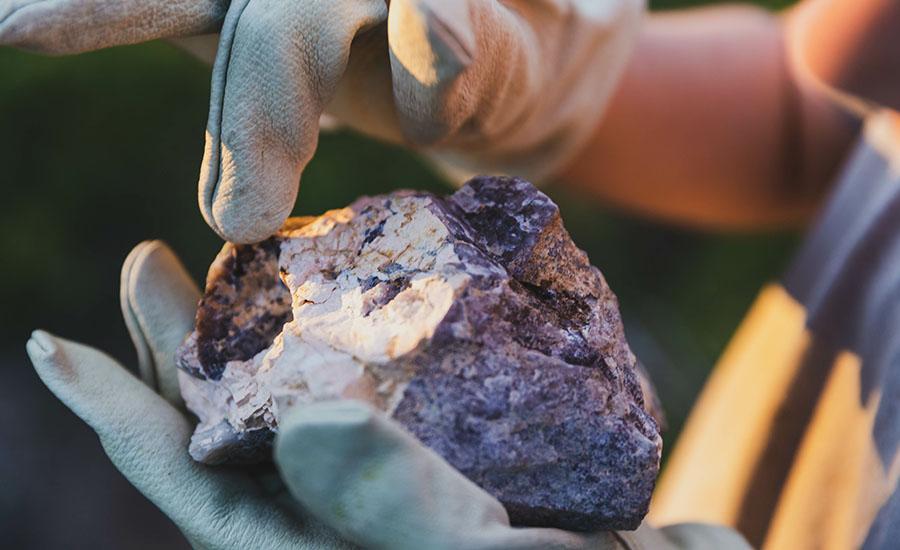
Growing Crystals Part 1: Actualizing the Formation of Crystalline Solid
by Maria Theresa Gonzaga
GROWING CRYSTALS PART 1, A lesson that focuses on the different types of formation of crystalline solid, its properties and the attractive forces responsible to it during chemical bonding.
It is expected that at the end of the lesson the following skills are achieved:
To describe the different types of crystals and their properties: ionic, metallic, covalent and molecular.
To classify crystals according to the forces of attraction.
To relate the properties of different types of solids to the bonding or interactions among particles in these solids.
To Design and create your desired crystalline formation using sugar and sodium tetraborate.
Lesson Plan Link/URL
https://docs.google.com/presentation/d/1tf2IE3MMm6z2Ev--Zk5FHCh8pgJQWNXe/edit?u…Subject Area
Science Physical Science P1: Matter P4: Energy Transfer Technology 3. Knowledge Constructor 6. Creative Communicator English Language Arts (ELA) Reading (Informational Text) Writing
Featured
Off
Related Content

Grades:
9th Grade, 10th Grade, 11th Grade, 12th Grade
In this lesson plan, high school students will explore the concepts of AC and DC currents through hands-on experimentation. The lesson begins with a brief discussion on the fundamentals of alternating

Grades:
9th Grade, 10th Grade, 11th Grade, 12th Grade
Students will work in small groups to create a water filtration system to demonstrate understanding of water purification systems and human influences.

Grades:
3rd Grade, 4th Grade, 5th Grade, 6th Grade, 7th Grade, 8th Grade, 9th Grade
An overall view of mining, minerals, and their role in our everyday life. This lesson compares the past, present and future of mining and it's relativity to sustaining our way of life.